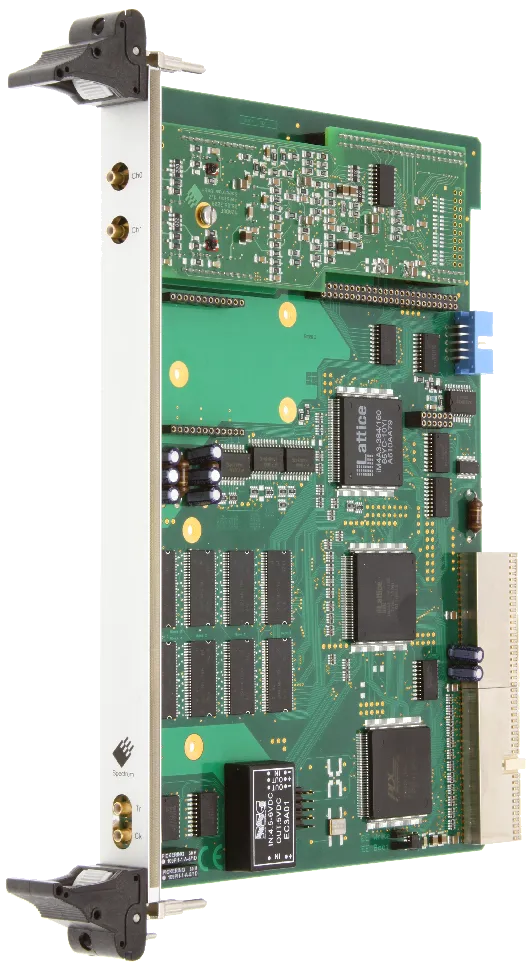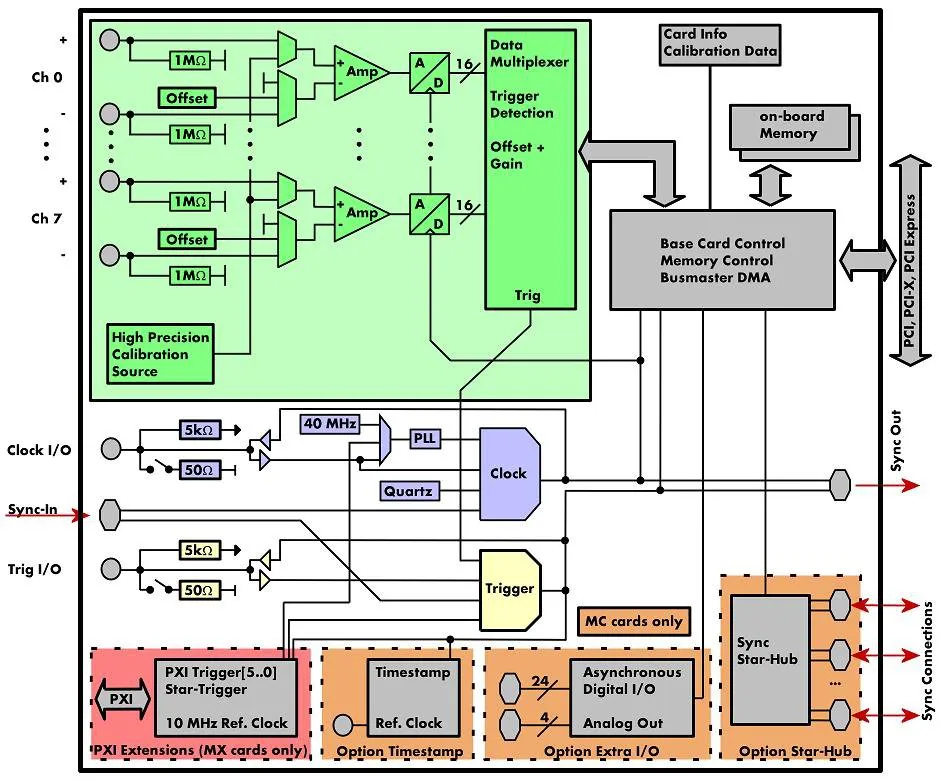THIS PRODUCT IS END-OF-LIFE. Show more about end-life-products policy.
Product:
MC.4632
16 bit transient recorder
Description:
The MC.46xx series allows recording of two, four or eight channels with sampling rates of 200 kS/s up to 3 MS/s. These cards offer outstanding A/D features both in resolution and speed for CompactPCI and PXI. The powerful A/D amplifier section offers 8 different input ranges, programmable offset and a software switching from single-ended to differential inputs without decreasing the number of channels. The FIFO engine is capable of streaming even 8 channels at a sustained 3 MS/s to memory or hard disk.
Facts & Features:
- Up to 500 kS/s on 8 channels
- Simultaneously sampling on all channels
- Software selectable single-ended or differential inputs
- Separate ADC and amplifier per channel
- 8 input ranges: +/-50 mV up to +/-10 V
- Up to 256 MSample on-board memory
- 32 MSample standard memory installed
- Window and pulsewidth trigger
- Programmable input offset of +/-5 V
- Synchronization possible
- CompactPCI 6U compatible
- Robust industrial connections
- Up to 16 cards can be synchronized
Application examples:
- High precision audio measurements
- Vibration analysis
- Life cycle tests of plastic components
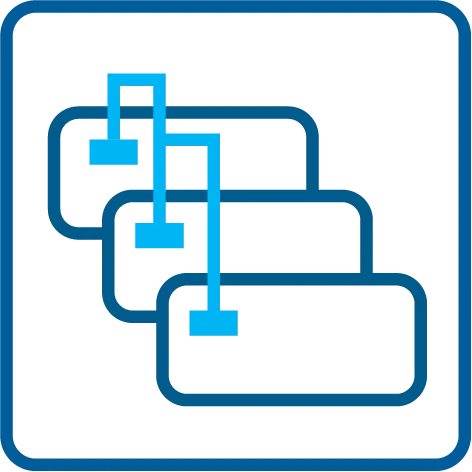
Cascading (Optional)
The cascading option synchronizes up to 4 Spectrum boards internally. It's the simplest way to build up a multi channel system. On the internal synchronisation bus clock and trigger signals are routed between the different boards. All connected boards are then working with the same clock and trigger information. There is a phase delay between two boards of about 500 picoseconds when this synchronization option is used.
Extra I/O (Optional)
The Extra I/O module adds 24 additional digital I/O lines and 4 analog outputs on an extra connector. These additional lines are independent from the standard function and can be controlled asynchronously. There is also an internal version available with 16 digital I/Os and 4 analog outputs that can be used directly at the rear board connector.
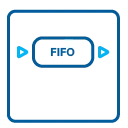
FIFO mode
The FIFO mode is designed for continuous data transfer between measurement board and PC memory (with up to 100 MByte/s) or hard disk. The control of the data stream is done automatically by the driver on interrupt request. The complete installed on-board memory is used for buffer data, making the continuous streaming extremely reliable.

Star-Hub (Optional)
The star-hub is an additional module allowing the phase stable synchronization of up to 16 boards in one system. Independent of the number of boards there is no phase delay between all channels. The star-hub distributes trigger and clock information between all boards. As a result all connected boards are running with the same clock and the same trigger. All trigger sources can be combined with OR/AND allowing all channels of all cards to be trigger source at the same time. The star-hub is available as 5 card and 16 card version. The 5 card version doesn't need an extra slot.
Channel Trigger
The data acquisition boards offer a wide variety of trigger modes. Besides the standard signal checking for level and edge as known from oscilloscopes it's also possible to define a window trigger. Trigger conditions can be combined with logical conjunctions like OR to adopt to different application scenarios.
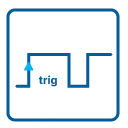
External Trigger
All boards can be triggered using an external TTL signal. It's possible to use positive or negative edge also in combination with a programmable pulse width. An internally recognized trigger event can - when activated by software - be routed to the trigger connector to start external instruments.


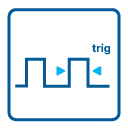

Timestamp
The timestamp option writes the time positions of the trigger events in an extra memory. The timestamps are relative to the start of recording, a defined zero time, externally synchronized to a radio clock, or a GPS receiver. With this option acquisitions of systems on different locations can be set in a precise time relation.
External Clock
Using a dedicated connector a sampling clock can be fed in from an external system. It's also possible to output the internally used sampling clock to synchronize external equipment to this clock.

Reference Clock
The option to use a precise external reference clock (normally 10 MHz) is necessary to synchronize the board for high-quality measurements with external equipment (like a signal source). It's also possible to enhance the quality of the sampling clock in this way. The driver automatically generates the requested sampling clock from the fed in reference clock.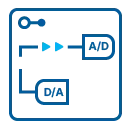
On-board Calibration
The on-board calibration can be run on user request and calibrates the amplifier against a dedicated internal high precision calibration source. After this calibration data is stored permanently in an on-board EEPROM and is automatically used for further acquisitions.
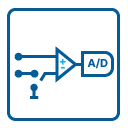
Differential Inputs
With a simple software command the inputs can individually be switched from single-ended (in relation to ground) to differential, without loosing any inputs. When the inputs are used in differential mode the A/D converter measures the difference between two lines with relation to system ground.

Programmable Input Amplifiers
The analog inputs can be adapted to real world signals using individual settings for each channel. A large number of different input ranges and a programmable input offset allow to adopt perfectly to the real world signals.
Programmable Input Offset
Most of the Spectrum A/D cards offer a user programmable signal offset opening the Spectrum boards to a wide variety of setups. The signal offset at least covers a range of +/-100 % of the currently selected input range making unipolar measurements with the card possible. Besides this the input range offset can be programmed individually allowing a perfect match of the A/D card section to the real world signal.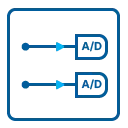

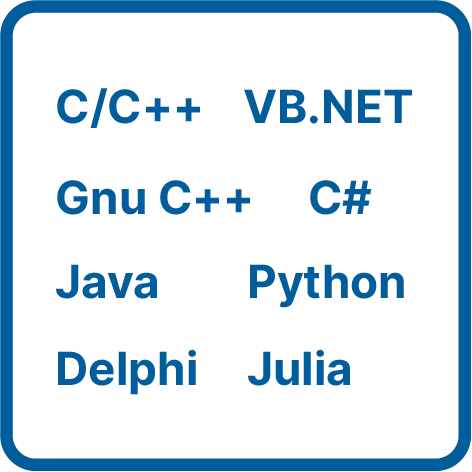
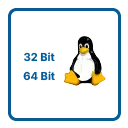

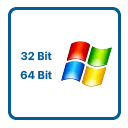
This standard driver is included in the card delivery and it is possible to get the newest driver version free of charge from our homepage at any time. There are no additional SDK fees for the classical text-based programming. All boards are delivered with drivers for Windows 7, Windows 8, Windows 10 and Windows 11, all 32 bit and 64 bit.
| Product | Channels | Max. Samplerate | Max. Bandwidth |
|---|---|---|---|
| MC.4620 | 2 | 200 KS/s | 100 KHz |
| MC.4621 | 4 | 200 KS/s | 100 KHz |
| MC.4622 | 8 | 200 KS/s | 100 KHz |
| MC.4630 | 2 | 500 KS/s | 250 KHz |
| MC.4631 | 4 | 500 KS/s | 250 KHz |
| MC.4640 | 2 | 1 MS/s | 500 KHz |
| MC.4641 | 4 | 1 MS/s | 500 KHz |
| MC.4642 | 8 | 1 MS/s | 500 KHz |
| MC.4650 | 2 | 3 MS/s | 1.50 MHz |
| MC.4651 | 4 | 3 MS/s | 1.50 MHz |
| MC.4652 | 8 | 3 MS/s | 1.50 MHz |
| On different platforms | Bus | Max. Bus Transfer speed |
|---|---|---|
| M2i.4632 | PCI-X | 245 MByte/s |
| M2i.4632-Exp | PCI Express x1 | 160 MByte/s |
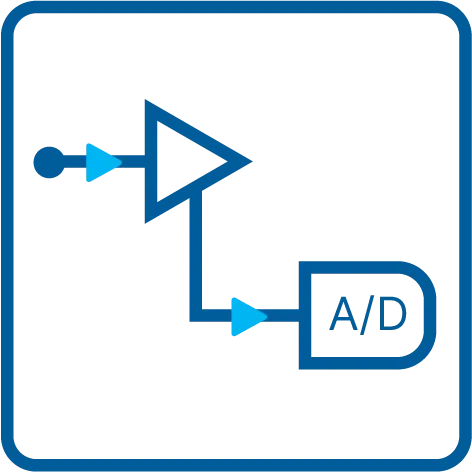
Documents
Datasheet of the MC.46xx family |
21.02.2022 | 367 K | ||
Manual of MC.46xx family |
21.02.2022 | 3 M | ||
MI / MC Timestamp module datasheet |
21.02.2022 | 106 K | ||
MI / MC StarHub module datasheet |
21.02.2022 | 218 K | ||
MI / MC Extra I/O module datasheet |
21.02.2022 | 129 K | ||
Data sheet of SBench 6 |
15.01.2024 | 999 K | ||
Manual for MATLAB drivers for MI/MC/MX |
21.02.2022 | 70 K | ||
LabVIEW Manual for MC/MX.46xx |
21.02.2022 | 723 K | ||
Manual for SBench 6 |
21.02.2022 | 7 M |
WINDOWS DRIVER + SOFTWARE
MI/MC/MX/PCI.xxx Windows 98/NT 32 Bit Drivers |
21.02.2022 | 353 K | ||
MI/MC/MX/PCI.xxx Windows XP/Vista 32 Bit Drivers |
21.02.2022 | 381 K | ||
MI/MC/MX/PCI.xxx Windows XP/Vista 64 Bit Drivers |
21.02.2022 | 579 K | ||
MI/MC/MX/PCI.xxx Windows 7/8 32 Bit Drivers |
4 | 21.02.2022 | 397 K | |
MI/MC/MX/PCI.xxx Windows 7/8 64 Bit Drivers |
4 | 21.02.2022 | 604 K | |
MI/MC/MX/PCI.xxx Windows 10 32 Bit Drivers |
4 | 21.02.2022 | 415 K | |
MI/MC/MX/PCI.xxx Windows 10/11 64 Bit Drivers |
4 | 21.02.2022 | 627 K | |
C/C++ driver header and library files |
7.01 | 22.04.2024 | 43 K | |
SBench 5 Installer |
5.3.0 | 21.02.2022 | 5 M | |
SBench 6 (32-bit) Installer / Windows 7, 8, 10 |
6.5.08 | 22.04.2024 | 36 M | |
SBench 6 (64-bit) Installer / Windows 7, 8, 10, 11 |
6.5.08 | 22.04.2024 | 39 M | |
MI / MC / MX MATLAB driver + examples |
21.02.2022 | 714 K | ||
MI / MC / MX LabVIEW Driver |
21.02.2022 | 8 M | ||
MI / MC / MX Examples for C/C++, Delphi, VB, LabWindows/CVI, ... |
21.02.2022 | 700 K |
LINUX DRIVER + SOFTWARE
MI / MC / MX Linux 32 bit and 64 bit Drivers |
4 | 21.02.2022 | 18 M | |
SBench 6 Linux 32 (.rpm) |
6.5.08 | 22.04.2024 | 26 M | |
SBench 6 Linux 64 (.rpm) |
6.5.08 | 22.04.2024 | 26 M | |
SBench 6 Linux 32 (.deb) |
6.5.08 | 22.04.2024 | 23 M | |
SBench 6 Linux 64 (.deb) |
6.5.08 | 22.04.2024 | 22 M | |
SBench6 Jetson (.deb) |
6.5.08 | 22.04.2024 | 11 M | |
MI / MC / MX Linux Examples (C/C++) |
21.02.2022 | 53 K |
Firmware
Product Notes
| General Digitizer Introduction | General Introduction to Waveform Digitizers |
21.02.2022 | 587 K | |
| High-Res High BW Digitizers | Advantages of High Resolution in High Bandwidth Digitizers |
21.02.2022 | 2 M | |
| Digitizer Acquisition Modes | Using modular Digitizer Acquisition Modes |
21.02.2022 | 3 M | |
| Digitizer Front-End | Proper Use of Digitizer Front-End Signal Conditioning |
21.02.2022 | 3 M | |
| Trigger and Sync | Trigger, Clock and Synchronization Details at high-speed Digitizers |
21.02.2022 | 1 M | |
| SBench 6 Introduction | SBench 6 - Data Acquisition and Analysis of Digitizer Data |
21.02.2022 | 1 M |
Application Notes
| Signal Processing Tools | Using Signal Processing Tools to enhance Digitizer Data |
21.02.2022 | 1 M | |
| Mechanical Measurements | Mechanical Measurements Using Digitizers |
21.02.2022 | 1 M | |
| Power Measurements | Power Measurements Using Modular Digitizers |
21.02.2022 | 1 M | |
| Using Probes & Sensors | Using Probes and Sensors with Modular Digitizers |
21.02.2022 | 858 K | |
| Teaming AWG with Digitizer | Teaming an Arbitrary Waveform Generator with a Modular Digitizer |
21.02.2022 | 919 K | |
| Common Digitizer Setup Problems | Application Note: Common Digitizer Setup Problems to avoid |
21.02.2022 | 1 M | |
| AN Amplitude Resolution | Application Note: The Amplitude Resolution of Digitizers and how it affects Measurements |
21.02.2022 | 555 K |
